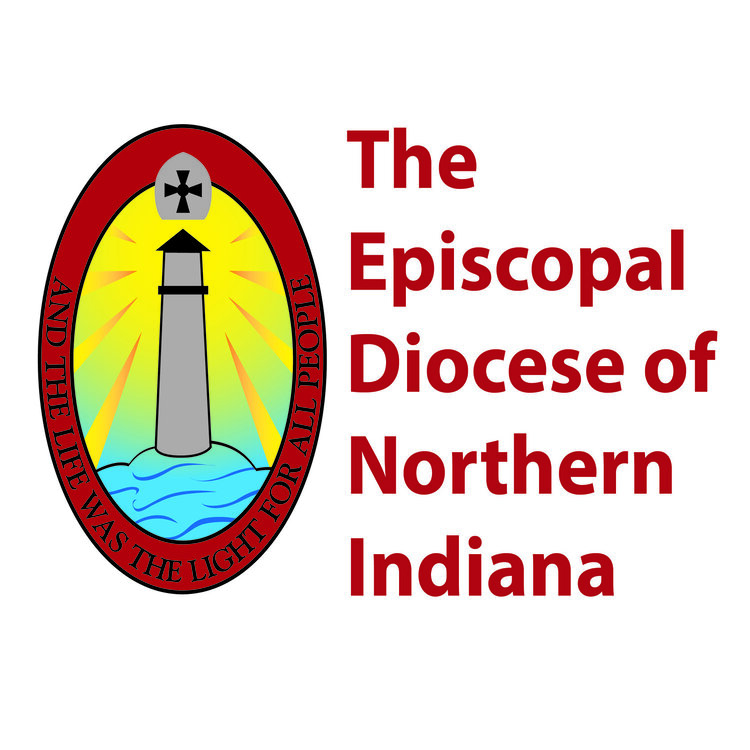Grace & Gratitude at Trinity, Fort Wayne
by Linda Buskirk
photo by Trinity Episcopal's Daniel Dombeck.
“The point is this: whoever sows sparingly will also reap sparingly, and whoever sows bountifully will also reap bountifully. Each one must give as he has decided in his heart, not reluctantly or under compulsion, for God loves a cheerful giver.”
2 Corinthians 9: 6-7 (ESV)
A fresh batch of stewardship volunteers at Trinity Episcopal Church in Fort Wayne wanted to convey cheerful messages about their ministry – and more frequently than once a year. They prayed and read biblically-based books and articles about spiritual growth reflected in joyful giving. They thought about God’s grace, how it was witnessed over and over at Trinity, and how grateful they were because of it. It felt good to reflect on these things. But how would they pull all that together for stewardship?
Suddenly they found their inspiration from the Book of Common Prayer, in Rite One:
Open, O Lord, the eyes of all people to behold thy gracious hand in all thy works, that, rejoicing in thy whole creation, they may honor thee with their substance, and be faithful stewards of thy bounty.
The Stewardship Committee became the “Grace and Gratitude Ministry” with this statement of purpose: to help the people of Trinity behold the gracious hand of God in our shared life together so that, rejoicing in these blessings, we may glorify Christ as grateful stewards of His bounty.
Helping people behold all that God is doing is clearly a year ‘round task, and a joyful one! For the annual pledge drive, the “G & G” Ministry created a new mission-focused explanation of the church budget, accented with photos of ministries in action.
They launched a “Gratitude of the Month” recognition. Here are some examples:
- Thankful for our volunteers. The group estimated that just to make a typical Sunday happen at Trinity, more than 140 hours are given! Symbols of each type of service were placed in an offering plate that was set on the altar – an usher badge, a candle for the acolytes, a linen purificator for Altar Guild, a bulletin for those who fold them faithfully each week, crayons from Sunday School. The plate was overflowing, and the congregation was delighted with this expression of gratitude.
- The heat is on! - Thanks for new boilers and those who supported the capital campaign that made it possible (Red Hots candies were handed out by ushers, and services were followed up with a chili competition featuring the hottest concoction).
- Legacy of Your Life – A celebration of those who have remembered Trinity in their estate plans and a workshop about planned giving.
Creativity, fun, reminders of our blessings, and information about the impact that Trinity has on lives inside and outside the church are the focus for Grace & Gratitude’s joyful communications.


